How to Set Up a Newcomer-Friendly Classroom from Day One
Imagine this: It’s the first day of school. You welcome a quiet student who speaks little to no English. They look around the room, unsure where to sit, what to do, or how to ask for help. You want to support them—but where do you start?
The good news: You don’t need to overhaul your classroom to create a space where English learners feel safe, confident, and included. With a few intentional strategies, you can set up an environment where newcomers thrive—starting on day one.
***Disclaimer: In this blog, the terms ESL students (English as a Second Language), ELLs (English Language Learners), and ML (Multilingual Learners) are used interchangeably. While “Multilingual Learners” is becoming the more widely accepted term, “ESL students” and “English Language Learners” are still commonly used in various contexts. My aim is to be inclusive and clear to all readers, regardless of the terminology they are familiar with.
Here’s how:
1. Surround Students with Visual Supports
Newcomers are constantly trying to make sense of their environment while learning a new language. Visual cues aren’t just helpful—they’re essential.
Visuals lower the language barrier, reduce overwhelm, and help students become more independent from day one.
Try this:
- Use real-life photos or images to label classroom areas (e.g., "Library," "Supplies")
- Display a visual schedule with icons or photos for each part of the day
- Include visual direction cards to support common routines like lining up or unpacking backpacks
- Small visual cues build confidence and routine—especially when words are unfamiliar.
2. Be Thoughtful About Seating and Pairing
Where a student sits and who they sit near can impact both their comfort level and language development.
Students model behavior and language from peers. Being near supportive classmates boosts both social and academic confidence.
Try this:
- Seat newcomers near visual reference areas, like anchor charts or word walls
- Pair them with kind, talkative peer models—students who can model classroom language
- Use Partner A/B visuals or buddy cards to make structured interaction predictable
- If possible, seat students near a classmate who shares their home language to support understanding
- Intentional placement builds community and provides built-in language support.
3. Prepare Newcomer-Friendly Materials Ahead of Time
Even on the first day, newcomers can participate—if you offer the right tools.
When students have materials they can understand and engage with, they feel a sense of ownership and belonging.
Must-haves:
- A Newcomer Welcome Kit with visual rules, classroom words, and basic routines
- “All About Me” pages with picture choices and sentence starters to help students share about themselves
- A labeled writing folder to store work and feel organized
These resources help students contribute to classroom life, even before they’re fluent in English.
4. Celebrate Home Languages and Cultures
Representation matters—especially to students who are navigating a brand-new world.
When students see their language, family, or country reflected in your classroom, they feel seen and valued.
Try this:
- Create a multilingual welcome poster with greetings in your students’ home languages
- Invite students to bring in family photos, flags, or maps to hang on a classroom wall
- Add labels in students’ languages (if possible) next to English ones
Even small touches go a long way in helping students feel that their identity belongs in your classroom.
5. Make Routines Visual and Predictable
Routine is comforting—especially when everything else feels new. Help students succeed with visual routines they can follow easily.
When expectations are clear (even without spoken instructions), students feel less anxious and more in control.
Helpful tools:
- Routine cards for common actions: sit, line up, listen, share
- Photo cards of real students modeling the step
- Cue cards on a lanyard for quick reminders throughout the day
Visual routines provide structure that benefits all learners, not just newcomers.
You don’t need to do everything at once—or have a Pinterest-perfect classroom—to make a big impact.
Creating a newcomer-friendly space is about small, intentional changes that help students feel safe, seen, and supported. Start with visuals. Build from there. And most importantly—make sure your classroom feels like a place where all students can belong.
You've got this!
Happy Teaching!
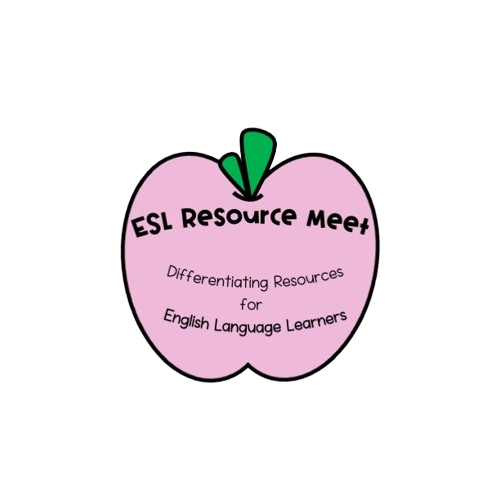

















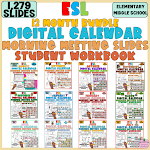


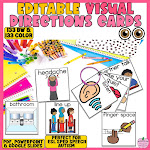













































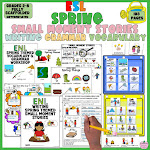




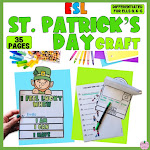
















































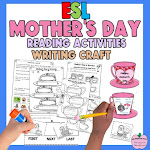

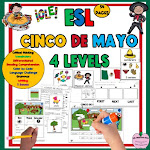
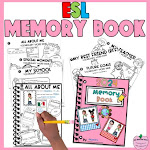










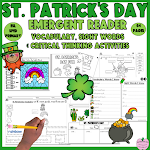








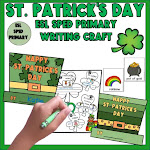

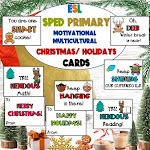


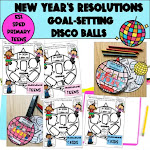
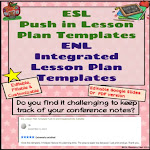




0 Comments